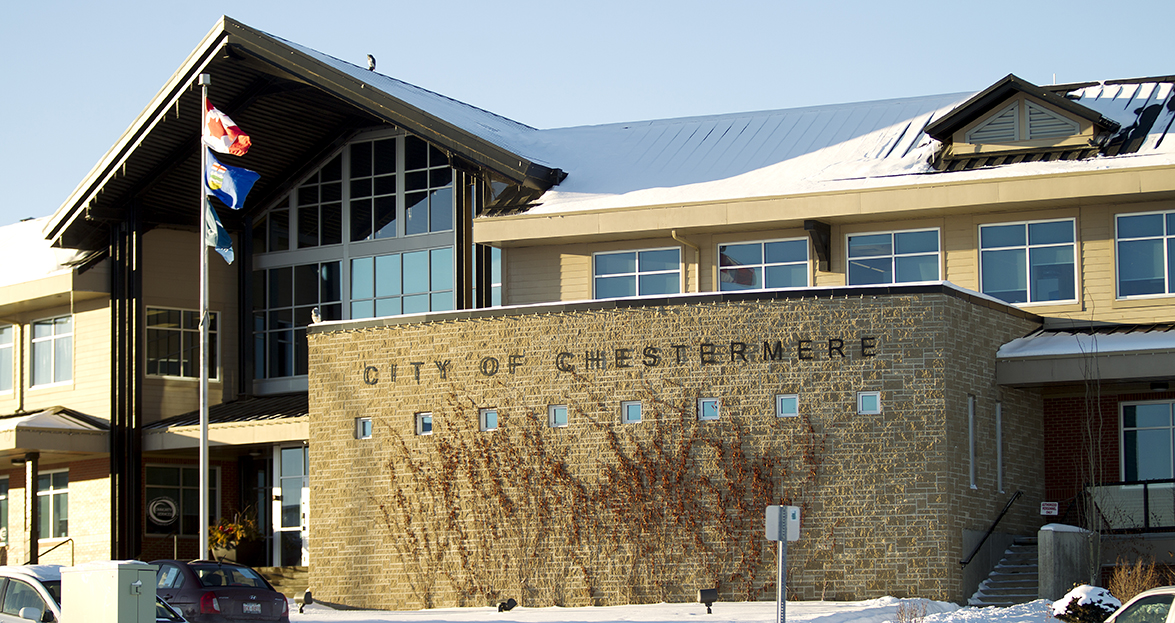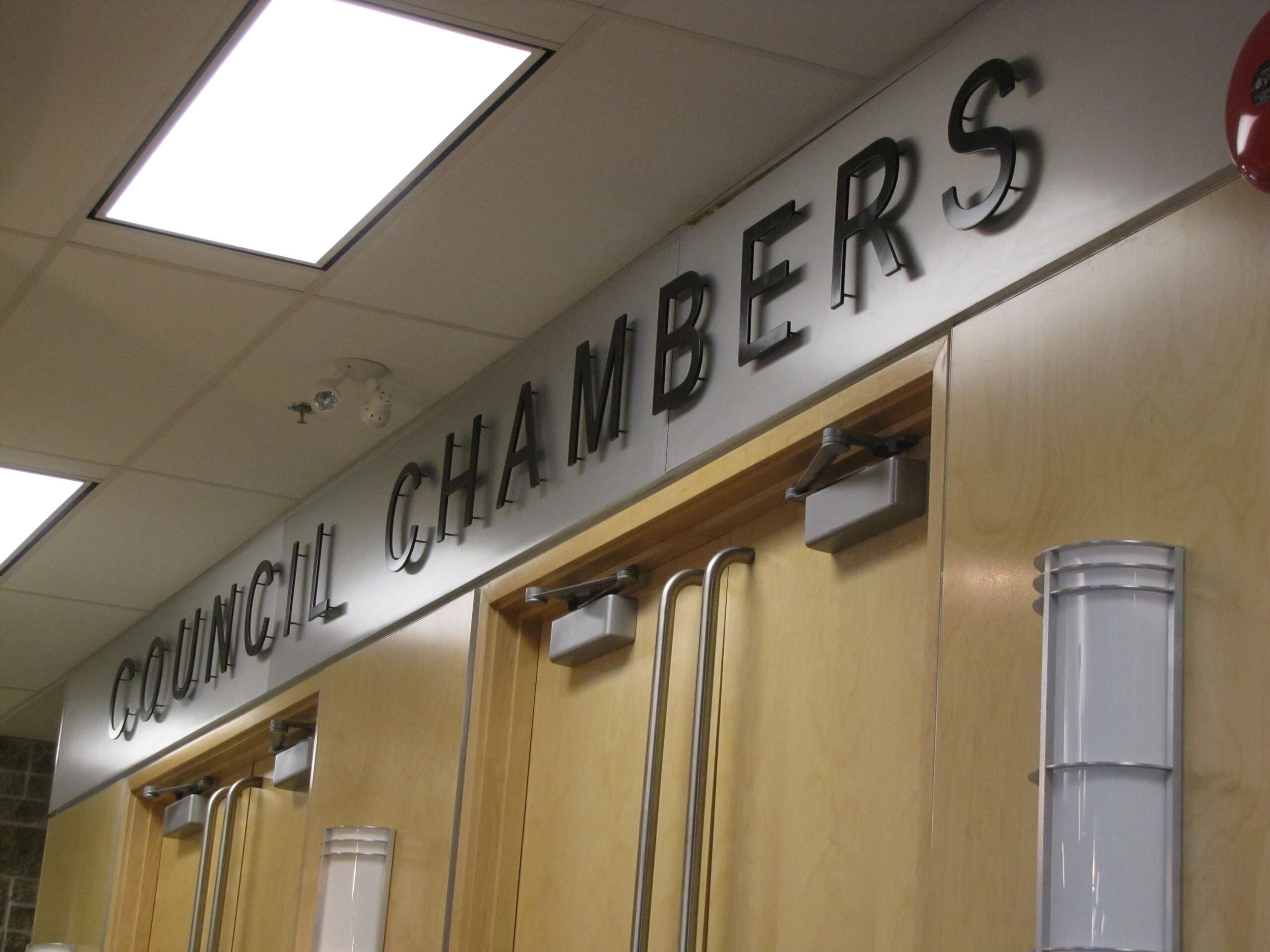City Council passed the Traffic Control Bylaw on Oct. 4, allowing Off-Highway Vehicles (OHV) to use designated roads in Chestermere.
Community Peace Officer (CPO) Sergeant Trever Bowman explained that OHVs are typically vehicles used for off-road recreation, including some motorcycles, side-by-sides, quads and snowmobiles.
Under the Provincial Traffic Safety Act, municipalities can implement a bylaw exception to allow the operation of OHVs on municipal roadways.
The bylaw must include the condition in which the OHV is allowed to be operated, minimum and maximum speed limits, and a prescribed route that the OHV is permitted to use.
“There needs to be some common sense involved here. This is for recreational destinations. We’re providing a legal way for them to do it, and our goal is that people go out and enjoy themselves responsibly, we don’t want to see anybody hurt, and we don’t want to see people abuse it,” Bowman said.
Under the bylaw, all OHVs that use the city roads must have operational headlights, brake lights, taillights, a muffler, and be registered, insured, and have a visible license plate.
Operators must have a valid driver’s license, and wear safety equipment.
Operators can use city roads to get to the nearest lake access point or the closest service station to their residence and are restricted to roadways with a speed limit of 50 km/h or less if posted at a reduced limit.
Operators cannot travel on a roadway that exceeds 50km/h, except when crossing a road that is a higher speed limit, and with the exception along Chestermere BLVD, between West Chestermere Drive and East Chestermere Drive.
OHVs are not permitted on pathways, sidewalks, school property, playgrounds, or recreational areas except for the lake.
When possible, OHV operators are encouraged to use alleyways or service roads instead of streets.
Municipal enforcement also suggested that additional signage be placed throughout Chestermere to notify drivers they must share the roadways with OHVs.
“The one area of concern for both our department and the RCMP is the issue of traffic safety, as most OHVs offer little passenger protection in the event of a collision,” Bowman said. “While this type of bylaw is in use in other municipalities, it’s our proximity to the City of Calgary, and how drivers will react to seeing an OHV on a public road, that causes some concern.”
When developing the bylaw amendments, municipal enforcement researched other municipalities that have similar bylaws in place and incorporated the best practices into Chestermere’s bylaw.
“We believe we have found a balance that promotes Chestermere as a recreational destination while following best practices from other municipalities that have similar bylaws,” Bowman said. “We’re trying to find the balance, we want to give people the ability to increase their recreational activities, at the same time looking out for other traffic and their safety.”
Municipal enforcement worked with regional stakeholders, Chestermere RCMP and Chestermere Fire Services while developing the amendments to the bylaw.
It was suggested that permitting OHVs on Chestermere roads be run as a pilot project, with administration having the option to cancel it at any time.
“This will provide the opportunity to gauge its success, while we continually evaluate the implementation, and address any concerns that may arise,” Bowman said.
“This is a privilege for people. We’re trying to provide residents with this opportunity, but if it’s abused, it will be revoked very quickly,” City Councillor Stephen Hanley said.
City Councillor Shannon Dean supported the amendments to the bylaw, as it’s a response to what’s already happening in Chestermere.
“I don’t see this as we’re going to see a huge increase in the amount of vehicles. As soon as that lake freezes, there’s a lot of ATVs on the road, and they are all going down to access the lake every day,” Dean said. “That’s one of the reasons I support this. We’re responding to what’s already happening.”





